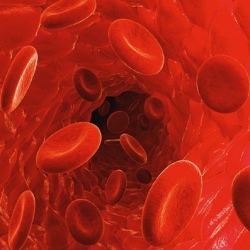
In order to understand where to target tumors and what drugs to use on them, researchers often create simulations of these tumors in the lab. Right now, researchers typically grow a 2D tissue culture of a tumor to test if a particular treatment will work against it.
The authors argue that this method doesn’t show researchers how nutrients move from cell to cell in the body, or how cells communicate with one another in a 3D space. What’s more, the cells grown in the lab end up looking a bit different than those in the tumor itself, which could also have big implications for how well the drugs work on the real tumor.
Making 3D tumor samples could help prevent that, the authors argue. A number of labs are working on devices that allow tissues to grow in 3D, mimicking the scaffolding they would have in the body. The study authors argue that this type of test should become the standard and would make treatments even more effective.
Cancer cells are dynamic and constantly changing, so the study authors note the importance of speeding up the timeframe between patient visit and treatment using these various types of 3D modeling. But developing these 3D models is well worth the effort, they write; for many cancer patients, it could make the difference between ineffective and functional treatment, between life and death.
